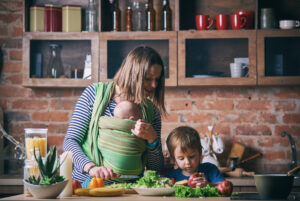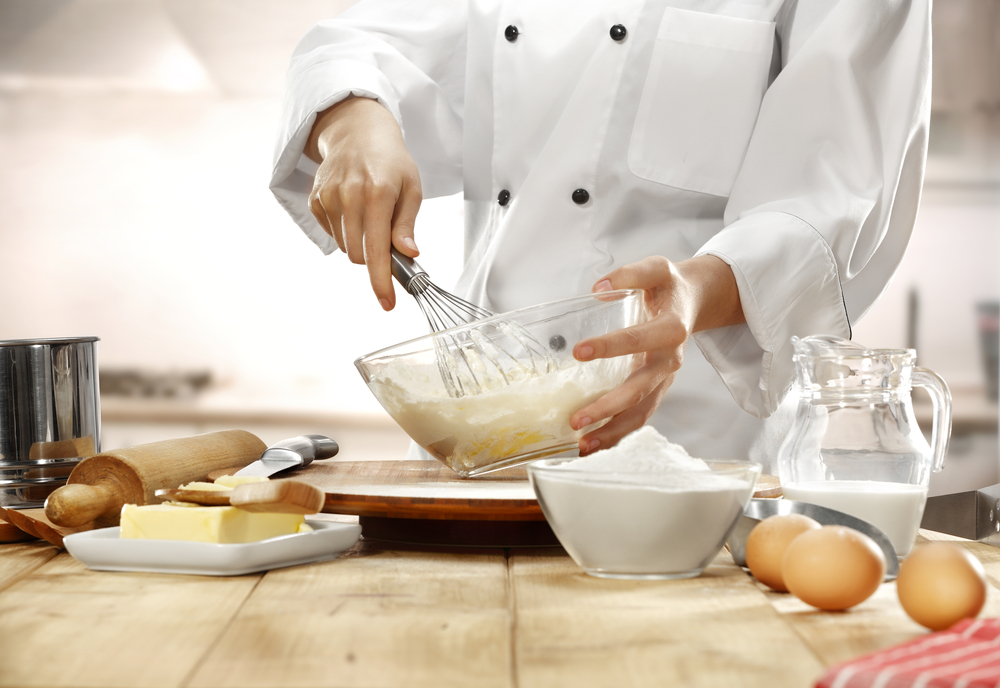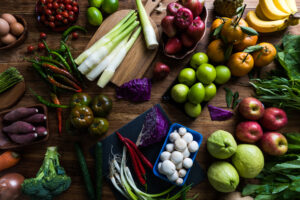
Balancing Work, Family, and Nutrition: Tips for Health-Conscious Moms
Today, balancing work, family life, and nutrition can seem like

Is there anything more frustrating than baking a cake or pie and having it turn out horribly? If you’ve ever experienced this, don’t worry – you’re not alone. But with a few tips, you can avoid most baking disasters and have your delicious creations turn out perfectly every time.
Prepare Tools
Make sure you have all the ingredients and utensils before starting. It is easy to forget an ingredient or that the oven needs preheating, so double-check everything in advance!
Read and Follow the Recipe
Read the recipe two or three times before you begin. This will give you a better overview of what your finished product should look like and also help reduce errors as you go along. Don’t be tempted to change things unless it is specifically mentioned in the instructions. It may seem like a good idea to replace dried fruits with fresh ones or add extra spices, but if the recipe doesn’t call for it, it is best not to!
Measure Ingredients
Measure your ingredients accurately using measuring cups and spoons for dry ingredients and measuring jugs for liquids. Use level measurements for accuracy.
Take Your Time
Take your time when baking. If a recipe calls for 30 minutes at 350°F in the oven, stick with that temperature and don’t rush. This will ensure your cake rises correctly and has an even texture throughout.
Rotate Trays
When using multiple trays or discs of cake batter, rotate them halfway through cooking so they bake evenly. You can also check on them periodically to ensure they are rising correctly and that the edges aren’t burning.
Take Out Cake at Right Time
Remove cakes from the oven once their center springs back when pressed lightly or when a toothpick inserted into the center comes out clean. Depending on the cake, it might still feel slightly spongy in the middle but should not be too undercooked or raw.
Completely Cool
Allow your finished product to cool completely before frosting and serving, as this will help prevent any slipping and sliding of the icing.
Minimizing Opening the Oven Door
When baking, one of the most dangerous things you can do is open the oven door too often. This causes drastic temperature changes and can ruin whatever you’ve got inside. If your recipe doesn’t call for it, try to avoid opening the oven during baking. If you need to, open the door quickly and close it again to minimize losses in temperature. If you don’t have an oven thermometer, you can use a regular kitchen thermometer to take your food’s temperature without opening the oven. This will allow you to keep track of the progress without risking major changes to the baking environment. Additionally, be sure that when you open the oven door, don’t lean too far forward or put any part of your body near enough that it could get burned by escaping heat.
Sift your dry ingredients
Sifting, which removes lumps and evens out the ingredients, helps ensure that you don’t end up with pockets of dry ingredients in your baked goods.
Ensure Butter is at Room Temperature
Room-temperature butter is essential for baking. Cold butter will not combine properly with other ingredients, resulting in an unevenly blended dough or batter. To soften the butter quickly, cut it into small cubes and place it on a microwave-safe plate. Microwave the butter on high in 10-second intervals until it’s softened but not melted. Mix the butter after each interval to avoid over-melting in certain spots.
Bektrom has a wide variety of baking mixes and recipes for you to try! Head over to https://bektrom.com/!

Today, balancing work, family life, and nutrition can seem like

Spring heralds a season of renewal and rejuvenation, not just

Food allergies present a unique challenge in the kitchen, especially